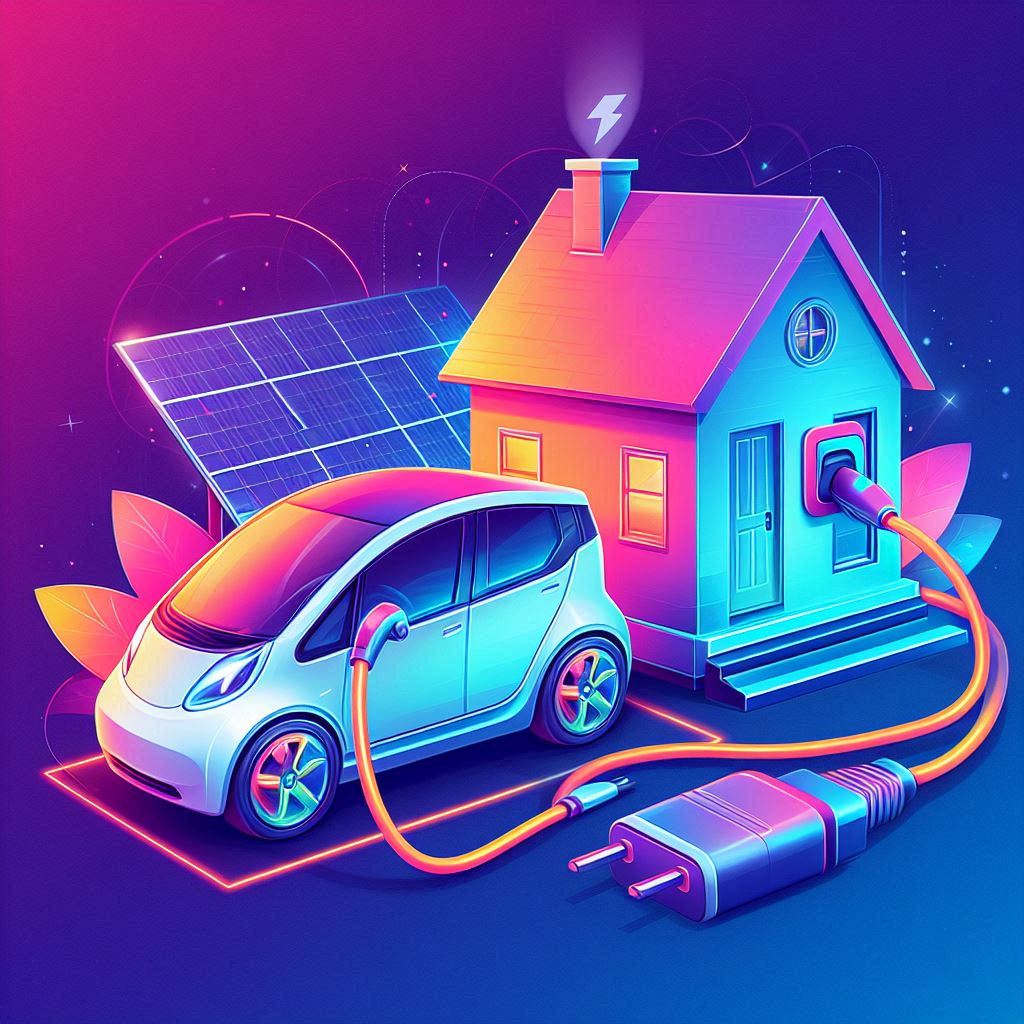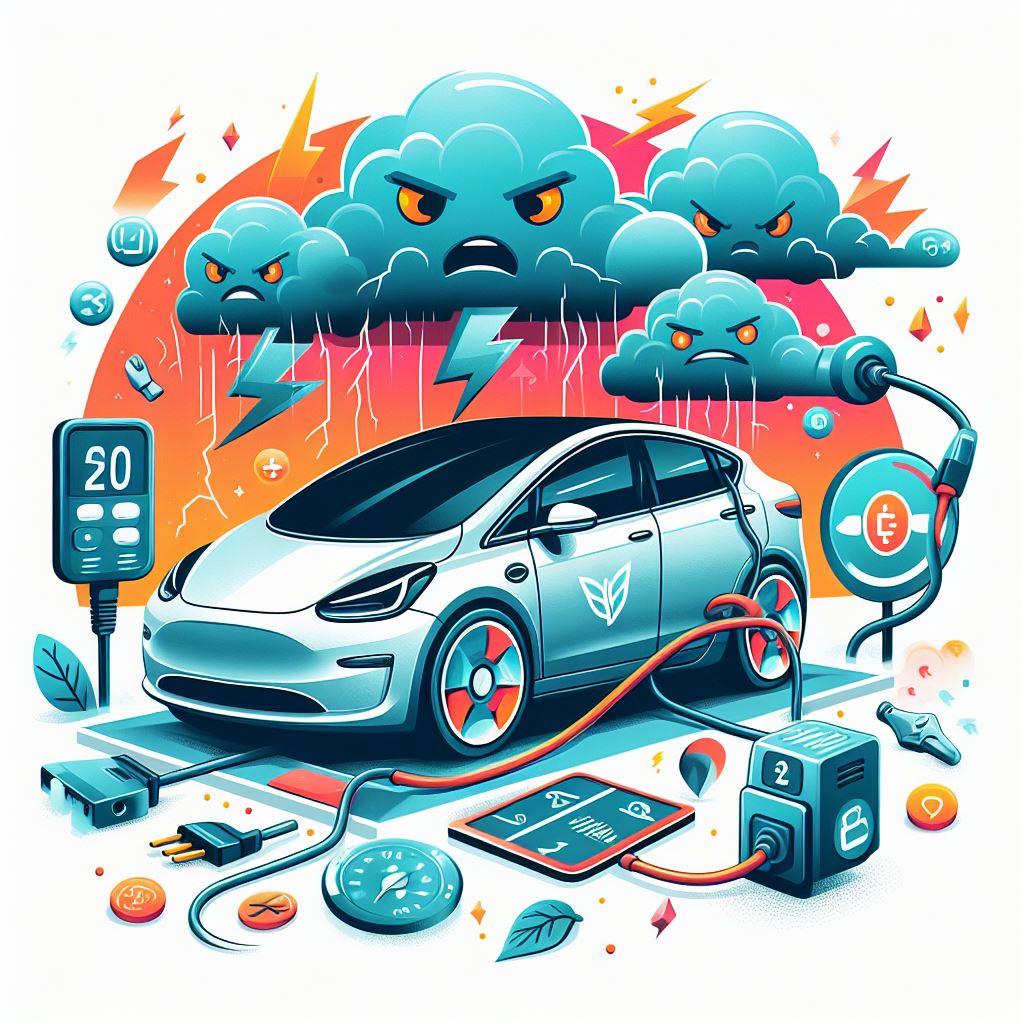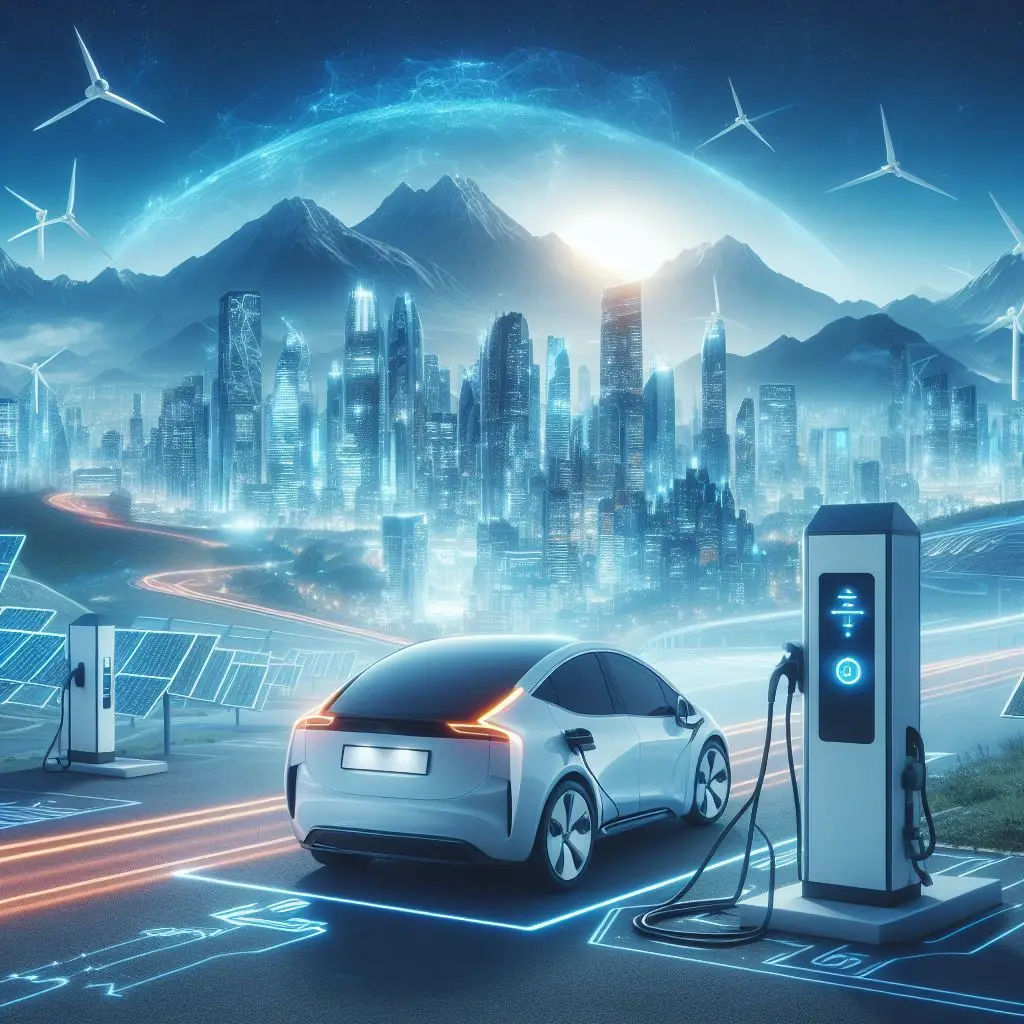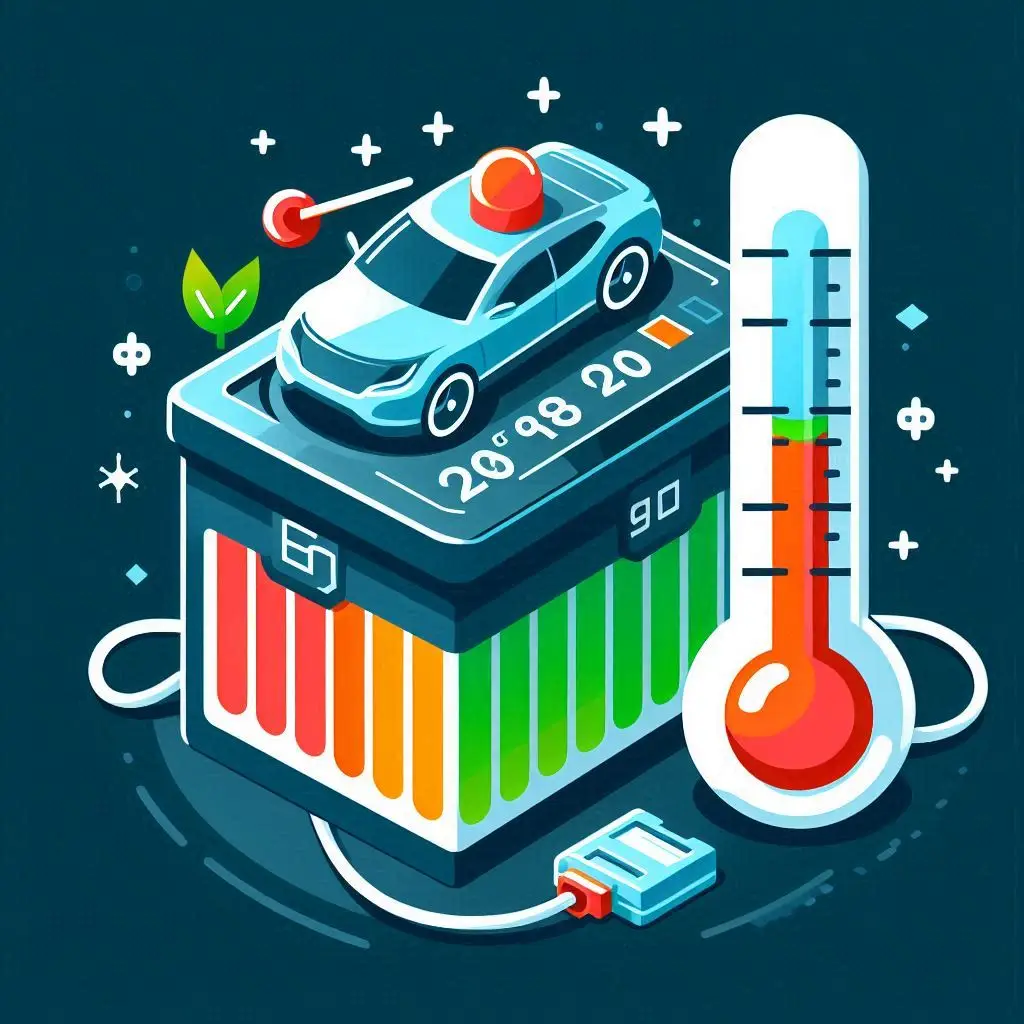There are 3 common EV battey care mistakes you should avoid to prolog your battery life. Each has simple solutions and you will hardly even need to think about them once you know.
With all the hype about the cost of replacing a battery in electric cars, and plenty of misinformation going around about how your EV will cost you big time if you need to replace the battery, it makes sense to ensure you don’t inadvertently shorten the battery life.
There’s plenty of research around to show that EV batteries can last decades.
EV battery care mistake #1: Using a Big SoC range
Practical Steps
- Set your car to stop charging at 80%.The only time you really need to change this is the night before a big trip. Occasionally charging to 100% is fine, but set it and forget it at 80% for most of the time.
- Charge regularly. Plug in when you get home, and setup to charge every night from the cheap off peak rates and/or excess solar. Lots of little charges will keep that low SoC range you’re after.
- Plan your charge stops to ensure you don’t regulary dip below 40%. If you’re on a road trip, plan regular stops. You’ll arrive more relaxed and it won’t add mush to your trip. Your battery will love you for it. 40% also gives you some contingency when things go wrong – broken charger, big queues or a forced detour.
- Lots of small charging sessions are better for your battery than large infrequent charging.
EV battery care mistake #2: Using fast chargers all the time
Of course, if you’re on a road trip you don’t want to be charging for hours at each stop, so fast charging is fine when needed.
Practical Steps
- Slow and steady, while you sleep. Install a home charger and use it daily. Sleep while you charge. You won’t need that weekly trip to the petrol station. If you have solar, even better.
- Use free AC chargers while you’re out and about. If work has a charger, use that. If you go to the supermarket or an attraction with a AC charger in the carpark, plug in while you go about your business inside.
- Only use a fast charger when time is important. On a road trip or when the kids call you up for an urgent pick-up 5 minutes after you get home with low battery.
- Don’t over charge on the fast charger. If you only need to be at 60% to do what you need and get home to your AC charger, then don’t charge up too much. You’ll save time, money and your battery.



EV battery care mistake #3: Regularly charging to 100%
Charging to 100% all the time puts stress on the battery chemistry. It’s not generally necessary for you to get where you need to go, especially during a weekly commute.
Practical Tips
-
Only charge to 100% the night before a big trip, or when destination charging at your accommodation.
-
Use AC charging for the last 20%. DC chargers slow down after 80% for a very good reason. The battery management system in your car knows it’s putting stress on your battery and slows things down. If you want to go above 80%, use an AC charger to do it slowly and save your battery.
References
https://www.theaa.com/driving-school/electric-vehicles/advice/extend-ev-battery-life
https://batteryuniversity.com/article/bu-808-how-to-prolong-lithium-based-batteries
https://batteryuniversity.com/article/bu-1004-charging-an-electric-vehicle
https://www.evolutionaustralia.com.au/six-ways-extend-ev-battery-life


